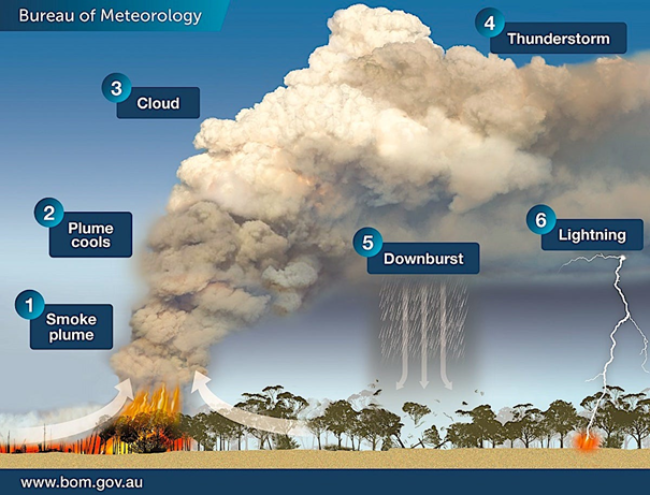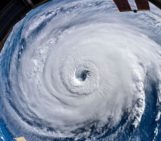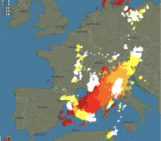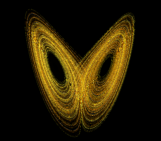
Australian wildfires have burned an impressively large surface and caused the death of at least 24 citizens as well as of numerous animals. This immense disaster raises questions about its linkage with climate change, the possibility of controlling these events and the future of Australian wildlife ecosystems. While the first question will be addressed by soon to come attribution studies, and the last one by ecobiologists, here we focus on the second one: how fires can get completely out of control. During the worst days of the emergency, many comments on social media were invoking the use of the army, seeking for international help and asking to do whatever it takes to stop the fires.
Despite the efforts, the magnitude was however too big to have it under control. On a smaller scale, we have seen the same almost impotence during another fire that shocked the entire world: l’incendie de Notre Dame de Paris. Again, despite the braveness and the expertise of Paris brigades, the roof of the cathedral was completely destroyed by the flames. The reason is quite simple: the amount of water needed to extinguish a fire is nonlinear with its extension. This means that if you double the surface on fire, depending on the material, you need to use up to 10 times the amount of water to stop it. Fires get very quickly out of control!
In Australia, the scarce availability of water together with the difficulty in reaching some remote areas made it impossible to control the flames. There is more: fires were so extended that they started to create their own weather phenomena. Firenadoes were observed by the helicopters flying over burning vegetation. They are alike tornadoes except for the fact that the vortex of dust is substituted by a vortex of fire with temperatures reaching up to 1000°C. Furthermore, the smoke rising from the burning forests formed pyrocumulonimbus clouds, the same observed during volcanic eruptions. These clouds can form dry thunderstorms. The associated lightings have triggered new fires and worsen the situation (see figure). Besides the immediate effects, CO2 emissions from Australian fires added to an amount comparable to the total annual emissions of the entire country. Smoke and ashes from the fires did an entire world tour, turning brown New Zealand’s glaciers. Australia is already experiencing the future.




